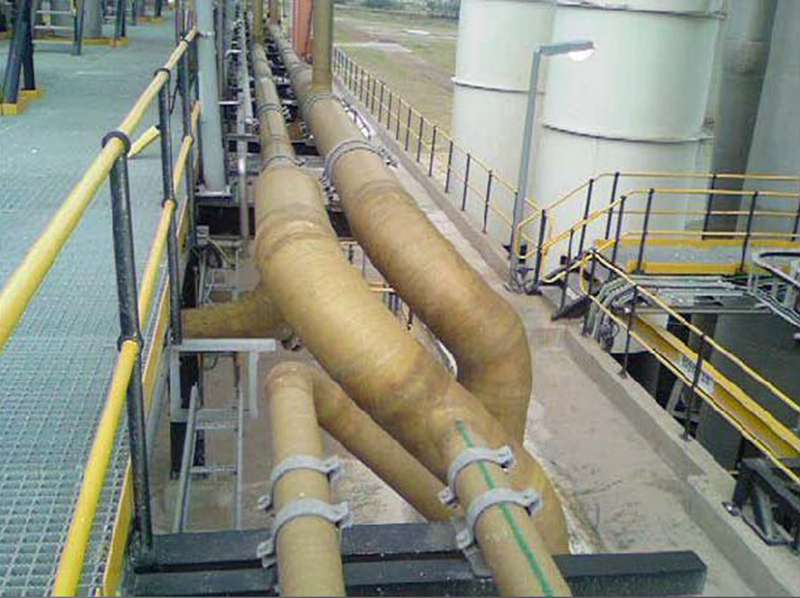
-
 Afrikaans
Afrikaans -
 Albanian
Albanian -
 Amharic
Amharic -
 Arabic
Arabic -
 Armenian
Armenian -
 Azerbaijani
Azerbaijani -
 Basque
Basque -
 Belarusian
Belarusian -
 Bengali
Bengali -
 Bosnian
Bosnian -
 Bulgarian
Bulgarian -
 Catalan
Catalan -
 Cebuano
Cebuano -
 China
China -
 China (Taiwan)
China (Taiwan) -
 Corsican
Corsican -
 Croatian
Croatian -
 Czech
Czech -
 Danish
Danish -
 Dutch
Dutch -
 English
English -
 Esperanto
Esperanto -
 Estonian
Estonian -
 Finnish
Finnish -
 French
French -
 Frisian
Frisian -
 Galician
Galician -
 Georgian
Georgian -
 German
German -
 Greek
Greek -
 Gujarati
Gujarati -
 Haitian Creole
Haitian Creole -
 hausa
hausa -
 hawaiian
hawaiian -
 Hebrew
Hebrew -
 Hindi
Hindi -
 Miao
Miao -
 Hungarian
Hungarian -
 Icelandic
Icelandic -
 igbo
igbo -
 Indonesian
Indonesian -
 irish
irish -
 Italian
Italian -
 Japanese
Japanese -
 Javanese
Javanese -
 Kannada
Kannada -
 kazakh
kazakh -
 Khmer
Khmer -
 Rwandese
Rwandese -
 Korean
Korean -
 Kurdish
Kurdish -
 Kyrgyz
Kyrgyz -
 Lao
Lao -
 Latin
Latin -
 Latvian
Latvian -
 Lithuanian
Lithuanian -
 Luxembourgish
Luxembourgish -
 Macedonian
Macedonian -
 Malgashi
Malgashi -
 Malay
Malay -
 Malayalam
Malayalam -
 Maltese
Maltese -
 Maori
Maori -
 Marathi
Marathi -
 Mongolian
Mongolian -
 Myanmar
Myanmar -
 Nepali
Nepali -
 Norwegian
Norwegian -
 Norwegian
Norwegian -
 Occitan
Occitan -
 Pashto
Pashto -
 Persian
Persian -
 Polish
Polish -
 Portuguese
Portuguese -
 Punjabi
Punjabi -
 Romanian
Romanian -
 Russian
Russian -
 Samoan
Samoan -
 Scottish Gaelic
Scottish Gaelic -
 Serbian
Serbian -
 Sesotho
Sesotho -
 Shona
Shona -
 Sindhi
Sindhi -
 Sinhala
Sinhala -
 Slovak
Slovak -
 Slovenian
Slovenian -
 Somali
Somali -
 Spanish
Spanish -
 Sundanese
Sundanese -
 Swahili
Swahili -
 Swedish
Swedish -
 Tagalog
Tagalog -
 Tajik
Tajik -
 Tamil
Tamil -
 Tatar
Tatar -
 Telugu
Telugu -
 Thai
Thai -
 Turkish
Turkish -
 Turkmen
Turkmen -
 Ukrainian
Ukrainian -
 Urdu
Urdu -
 Uighur
Uighur -
 Uzbek
Uzbek -
 Vietnamese
Vietnamese -
 Welsh
Welsh -
 Bantu
Bantu -
 Yiddish
Yiddish -
 Yoruba
Yoruba -
 Zulu
Zulu
Advanced Fiber Reinforced Polymer Duct Systems for Efficient Fluid Transport and Management
FRP Duct System An Innovative Approach to Ventilation
In recent years, the need for effective and efficient air management systems has skyrocketed across various industries, particularly in construction, manufacturing, and HVAC (Heating, Ventilation, and Air Conditioning). Among the innovative solutions emerging in this field is the Fiber Reinforced Polymer (FRP) duct system, which offers numerous advantages over traditional duct materials. This article aims to explore the features, benefits, and applications of FRP duct systems.
Understanding FRP Ducts
Fiber Reinforced Polymer is a composite material made from a polymer matrix reinforced with fibers, commonly glass, carbon, or aramid. The unique composition of FRP lends itself to numerous applications, especially in the creation of duct systems for air transportation. FRP ducts are constructed through a molding process that allows for customized shapes and sizes, ensuring that they meet specific installation requirements.
Benefits of Using FRP Duct Systems
1. Corrosion Resistance One of the most significant advantages of FRP materials is their resistance to corrosion. Unlike traditional metal ducts that can rust or corrode over time when exposed to moisture or harsh chemicals, FRP ducts are impervious to such degradation. This property makes them particularly suitable for environments like chemical manufacturing plants, wastewater treatment facilities, and coastal industries, where moisture and chemicals are prevalent.
2. Lightweight and Strong FRP ducts are significantly lighter than their metal counterparts, leading to reduced transportation and installation costs. Their strength-to-weight ratio allows for easy handling and installation while maintaining structural integrity. This lightweight nature can also reduce the load on building structures, making warping and stress on joints less of a concern.
3. Thermal Insulation Another characteristic advantage of FRP is its excellent thermal insulation properties. This feature minimizes heat loss or gain, improving overall energy efficiency. In HVAC applications, this can lead to cost savings on energy bills and enhanced comfort for building occupants.
frp duct system

4. Reduced Maintenance The durability and robust nature of FRP ducts reduce the frequency and cost of maintenance. With resistance to corrosion, humidity, and chemical exposure, these duct systems require less frequent inspections and repairs, allowing facility managers to allocate resources more efficiently.
5. Design Flexibility FRP ducts can be easily molded into various shapes and sizes, allowing for flexibility in design. This adaptability is crucial in modern construction projects where space constraints and architectural aesthetics play a significant role.
Applications of FRP Duct Systems
FRP duct systems are versatile and can be applied across numerous industries. In the industrial sector, they serve in process ventilation, fume extraction, and dust collection systems. The chemical industry benefits from their ability to carry corrosive gases and vapors without degradation, while the food processing sector values their hygienic properties, as FRP ducts can be easily cleaned and maintained.
In building applications, FRP ducts are increasingly being used in commercial settings such as hotels, offices, and shopping malls, where air quality and energy efficiency are paramount. They are also becoming common in transportation systems for ventilation in tunnels and underground stations, where traditional materials may falter due to environmental conditions.
Conclusion
The FRP duct system represents a significant advancement in ventilation technology. With its myriad benefits, including corrosion resistance, lightweight composition, excellent thermal insulation, and reduced maintenance needs, FRP ducts offer a compelling alternative to conventional materials. As industries continue to seek more efficient and sustainable solutions, the adoption of FRP duct systems is expected to rise, paving the way for improved air management in various applications. As we look to the future, the innovative characteristics of FRP will likely play a pivotal role in shaping the environment in which we live and work.









